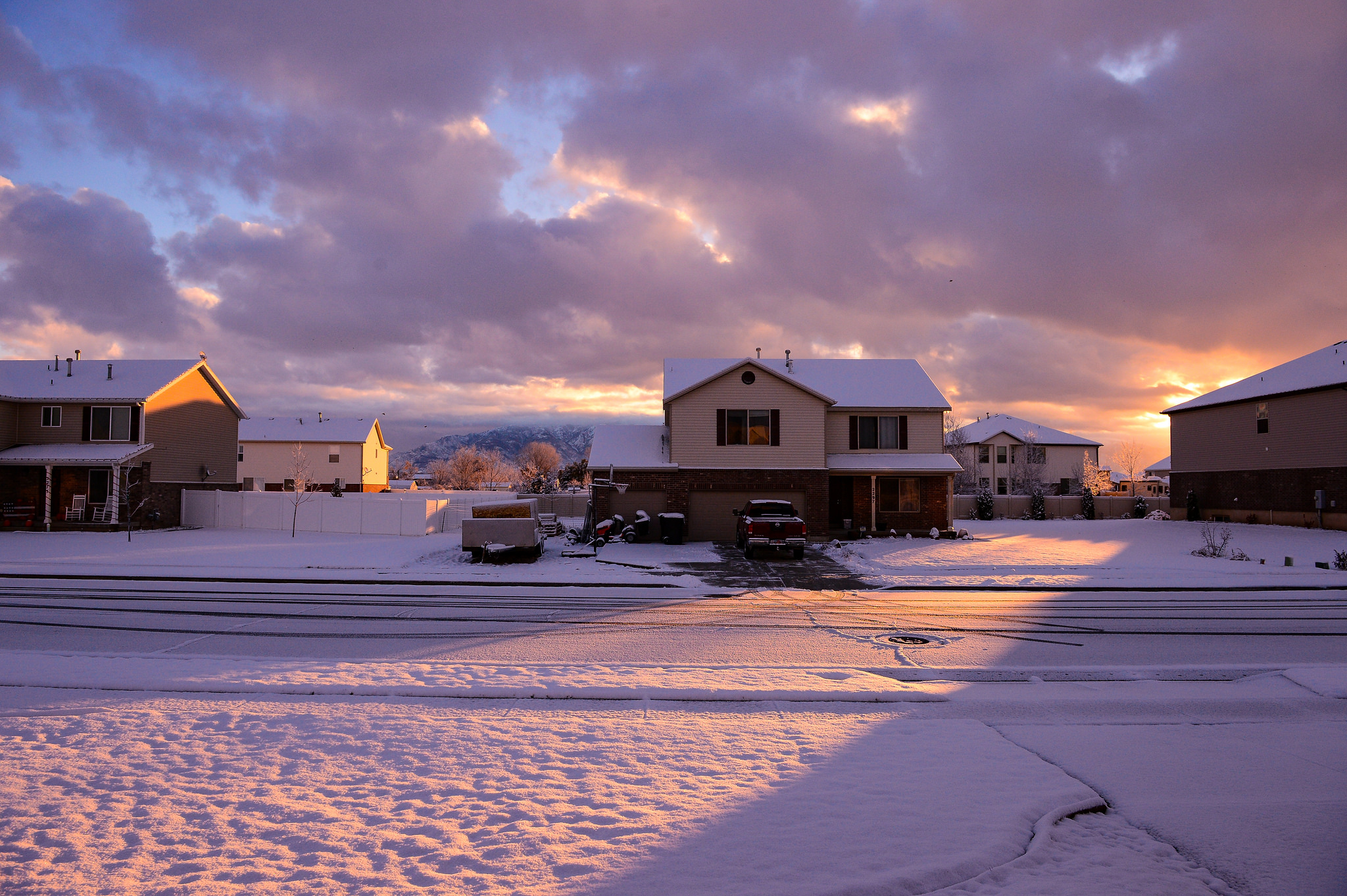In the wake of our posts on the Katy Freeway in Houston, and US PIRG’s report on the country’s biggest highway construction boondoggles, we’ve heard one kind of pushback over and over. Sure, defenders of highway expansion admit, things are just as congested after reconstruction as before. But, hey, that’s a sign of success, because the suburban areas the highways serve saw a huge population boom! If it hadn’t been for the expansion, things would obviously be even worse.
We’ve heard this enough that we thought it merited one more short commentary on its own.
In short, these critics are forgetting that population growth doesn’t happen independently of transportation infrastructure—it’s profoundly shaped by it. In fact, research dating back at least to the 1950s has found over and over that highway construction in the urban periphery is associated with more housing construction there—and the depopulation or urban neighborhoods. It’s the land use side of induced demand: part of the way that highways fill themselves up with cars is by creating demand for housing near them.

In the absence of added highway capacity to the suburbs, more of that population growth likely would have been directed to more central locations—especially in a region, like Houston, with relatively lax restrictions on construction. That, in turn, would have reduced driving demand further out on the Katy.
It also would have helped reduce Houston’s dubious distinction the region with one of the longest average commutes in the country, at about 12 miles. Added density—not necessarily in the form of scary highrises, but human-scaled “missing middle” duplexes, townhomes, and small apartment buildings—would help free the region from the financially and environmentally unsustainable treadmill of expanding its automobile infrastructure, and support neighborhood retail districts, schools whose students can walk to class, and viable public transit service.
Of course, none of this is really specific to Houston. While many people talk about the relationship between transportation demand and transportation infrastructure as, so to speak, a one-way street (“more people are living way out in the exurbs, so we need to build more highways there”), the truth is that transportation infrastructure shapes its own demand as much as it is shaped by demand. More highways encourage low-density, auto-oriented development that then requires more automobile infrastructure; streets built for walking, biking, and transit encourage the kind of development that will take advantage of those ways of getting around (assuming, that is, that such development is legal), and create demand for more of them.
The difference is that high-capacity automobile infrastructure, on a per-person basis, is incredibly space-inefficient, expensive to both taxpayers and users, highly polluting, and dangerous. Not only do drivers not come close to paying the costs of building and maintaining highways, car-dependent development patterns impose huge social costs on the rest of us. Walking, biking, and transit infrastructure* generally do not.
* The one exception being that much rail infrastructure, in particular heavy rail subways, is very expensive in North America.

